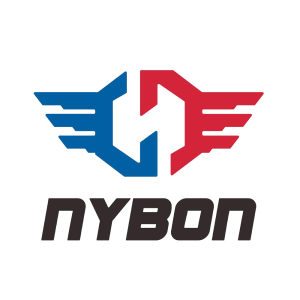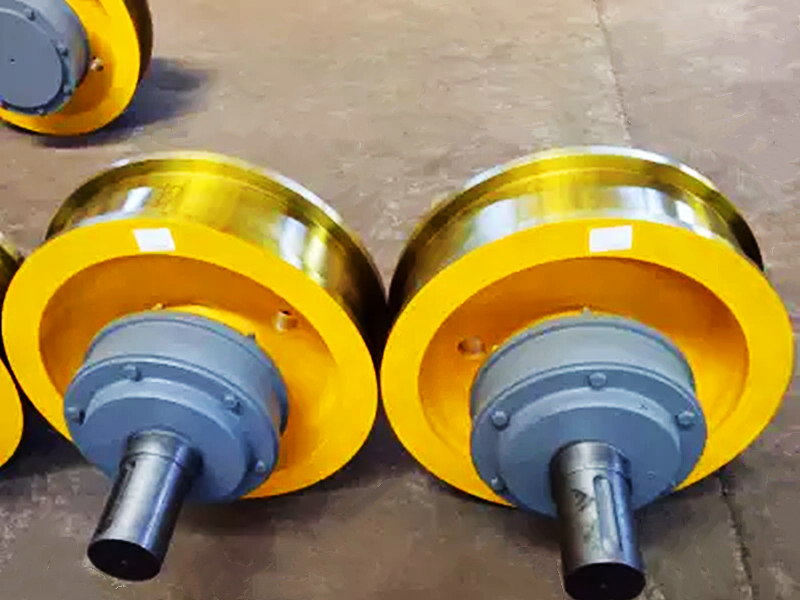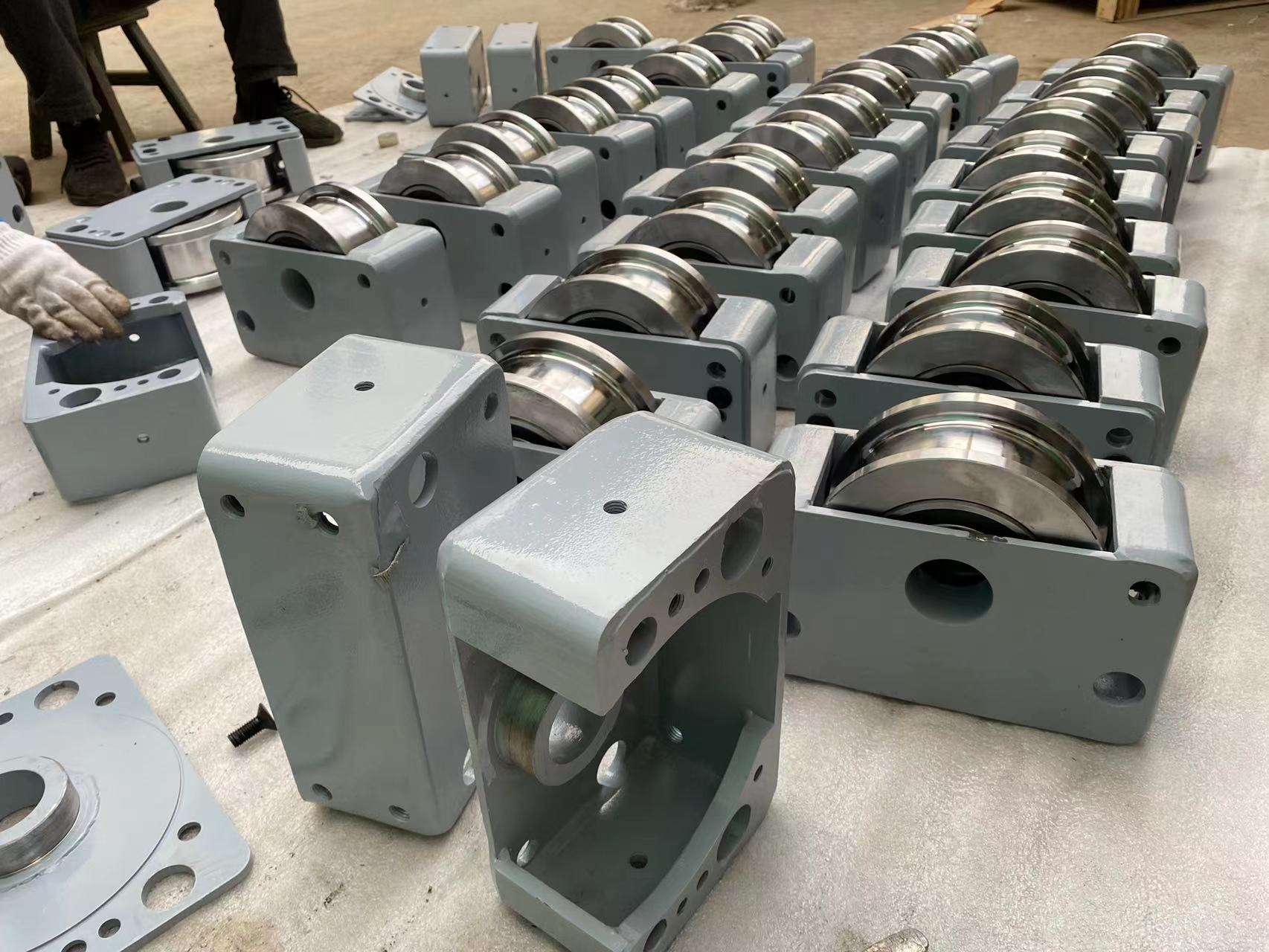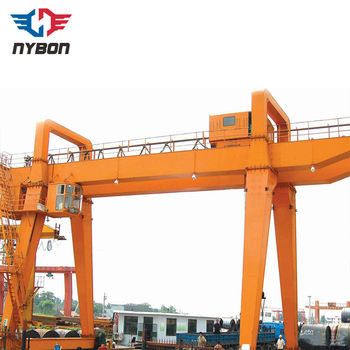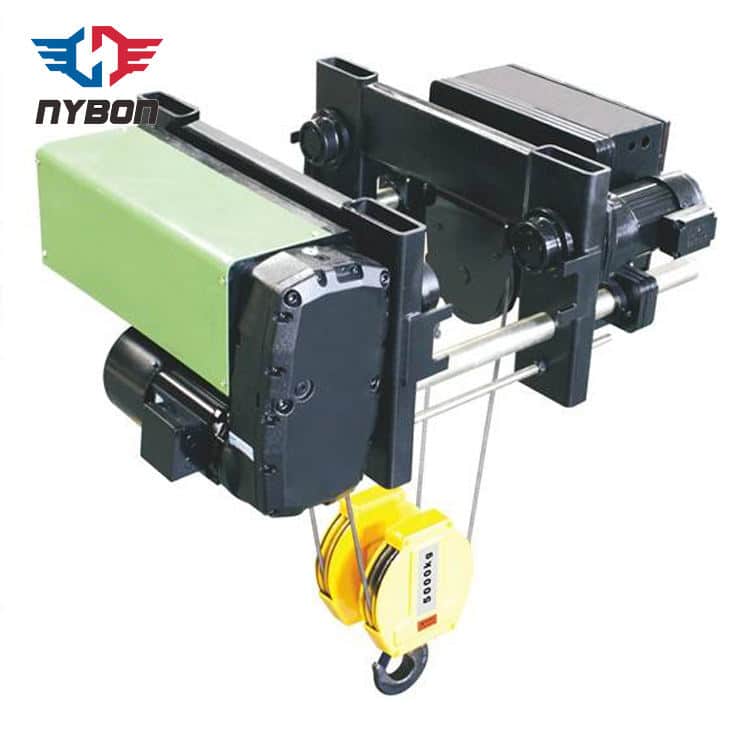Effective Techniques for Aligning Crane Wheels
Crane wheel alignment is critical to maintaining the performance, safety, and longevity of industrial lifting equipment like bridge cranes and gantry cranes. Misaligned wheels can lead to premature wear on wheels, bearings, and rails, increase power consumption due to binding, and even pose serious safety risks, including the potential for derailment.
Ensuring that your crane wheels are properly aligned is not just about fixing a problem; it’s about preventative maintenance that saves time and money in the long run. This article delves into why alignment is crucial and outlines effective techniques used in the industry.
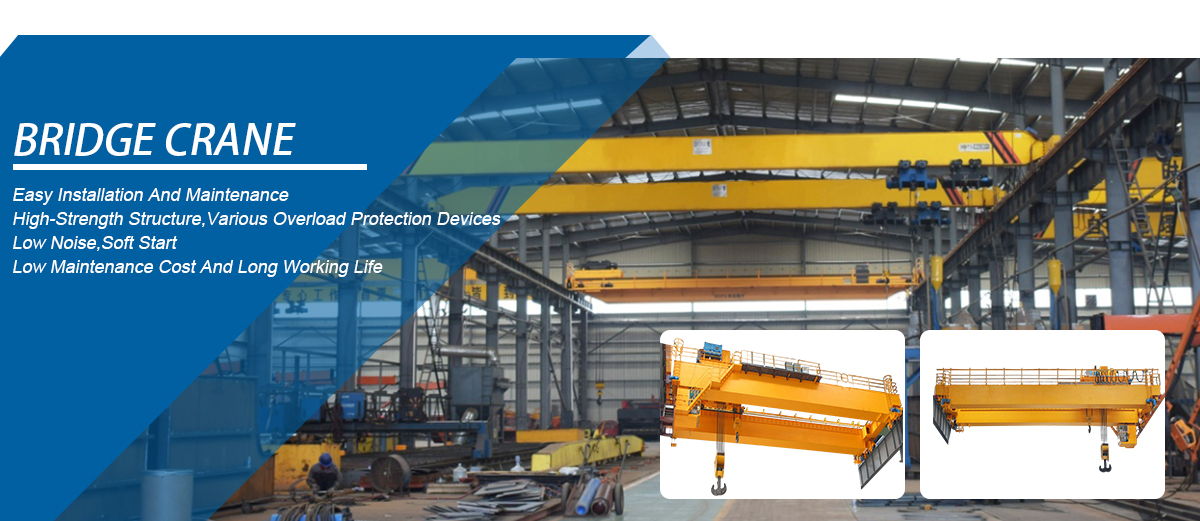
Why is Crane Wheel Alignment Important?
Proper wheel alignment directly impacts the efficiency and safety of your crane system. Neglecting this can result in significant issues.
Preventing Premature Wear
When crane wheels are not aligned, they can scrub against the rails, causing excessive wear on the wheel flanges, bearings, and the rail head itself. This leads to costly repairs and replacements much sooner than expected.
Ensuring Smooth Travel
Misaligned wheels cause the crane bridge or trolley to “skew” or bind as it travels along the runway. This results in jerky movement, increased noise, and puts unnecessary stress on the crane structure and drive components.
Enhancing Safety
Severe misalignment is a significant safety hazard. Binding and excessive wear increase the risk of wheel failure or, in extreme cases, the crane or trolley derailing from the runway, which could cause catastrophic accidents.
Enhancing Safety
A properly aligned crane travels smoothly and efficiently, reducing the energy required for movement and ensuring consistent, reliable operation for your material handling needs.
Common Causes of Crane Wheel Misalignment
Misalignment can occur for several reasons over time:
Installation Errors
Improper initial installation of rails, girders, or end carriages is a common cause of misalignment from the start.
Structural Deflection or Settling
Changes in the building structure, settling foundations, or deflection under heavy loads can affect the parallelism of runways or the squareness of the crane structure.
Wear and Tear
Worn bearings, loose bolts, or significant wear on wheels or rails can alter alignment over time.
Impact or Damage
Physical impact on the crane or runway system can cause components to shift out of alignment.
Effective Crane Wheel Alignment Techniques
Achieving proper alignment requires precise measurement and systematic adjustment. While simple methods exist, professional laser alignment systems offer the highest accuracy.
Measurement Tools
Tools used for alignment include:
- Tape Measures: For basic gauge and diagonal checks (less precise).
- Optical Instruments: Theodolites or total stations for more accurate surveying.
- Laser Alignment Systems: The most accurate and efficient method, using lasers to measure straightness, parallelism, and squareness.
Measurement Points
Key measurements include:
- Gauge: The distance between the running surfaces of the rails. Must be consistent along the runway.
- Span: The distance between the centerlines of the runway rails (for bridge cranes) or leg centers (for gantry cranes). Must be consistent and square.
- Diagonal Measurement: Measuring the distance between opposite corners of the crane bridge or trolley to check for squareness.
- Wheel Skew/Toe: Measuring the angle of the wheel’s direction of travel relative to the rail or the crane’s direction of travel.
Common Methods
Techniques often involve:
- Checking the span and squareness of the crane structure itself.
- Measuring the gauge and parallelism of the runway rails.
- Using specialized jigs or laser systems to measure the angle and position of each wheel relative to the rail and the overall crane squareness.
- Adjustments are typically made by shimming bearing housings, adjusting connection bolts, or repositioning structural members.
Key Parameters and Tolerances
Alignment tolerances are specified by standards (like CMAA, ISO, DIN) and depend on the crane class, span, and application. It’s crucial to consult the specific standard relevant to your crane. Below is a general illustrative range for typical parameters; always refer to manufacturer specifications and applicable standards for exact values.
| Parameter | Description | Typical General Range (Illustrative Example) |
| Runway Gauge Parallelism | Variation in distance between rails along the runway | ±3 to 10 mm |
| Crane Bridge Squareness | Diagonal difference across the bridge structure | ≤3 mm per meter of span |
| Wheel Skew/Toe | Angle of wheel relative to rail/travel direction | ≤0.5 to 1 mm per meter |
| Wheel Diameter Matching | Difference in diameter of wheels on the same axle/bogie | ≤0.5 mm |
Note:OEM Supported
Trust NYBON Machinery for Quality Cranes
Ensuring proper alignment is key to maximizing the lifespan and performance of any crane, including those from reliable manufacturers like NYBON Machinery.
At NYBON Machinery, we specialize in the design, manufacturing, and supply of high-quality industrial lifting equipment. Whether you need bridge cranes, gantry cranes, jib cranes, marine cranes, or electric hoists, we offer products built with precision and durability in mind. Our focus on quality engineering means our equipment is designed to maintain optimal performance with proper maintenance, including wheel alignment. We pride ourselves on offering cost-effective solutions without compromising on the excellent quality and reliability our clients expect.
Effective crane wheel alignment is a fundamental maintenance practice that significantly contributes to the safety, efficiency, and lifespan of your industrial cranes. By understanding the importance, recognizing the causes of misalignment, and employing proper measurement and adjustment techniques, you can ensure your lifting equipment operates smoothly and reliably. Regular inspections and timely corrective actions are essential for maintaining optimal alignment and protecting your investment.
Need a Crane Tailored to YOUR Industry?
At Nybon Group, we’ve built custom cranes and hoists for:
- Ports lifting cargo containers
- Mines hauling ore carts
- Shipyards deploying anchors
Talk to Our Lifting Experts!
📧 Email: info@nybonmachinery.com
📱 WhatsApp: +86-15936506686
🌐 Visit: www.nyboncrane.com
As a professional Industrial Crane Supplier, Nybon offers
- Customizable Solutions – Available in various load capacities, speeds, and configurations to meet specific industrial requirements.
- High-Quality Manufacturing – Built with strict quality standards to ensure durability, reliability, and long service life.
- Low Maintenance Requirements – Engineered for minimal maintenance, reducing downtime and operational costs.
Get A Quote Today
Welcome to send a free inquiry to —info@nybonmachinery.com
